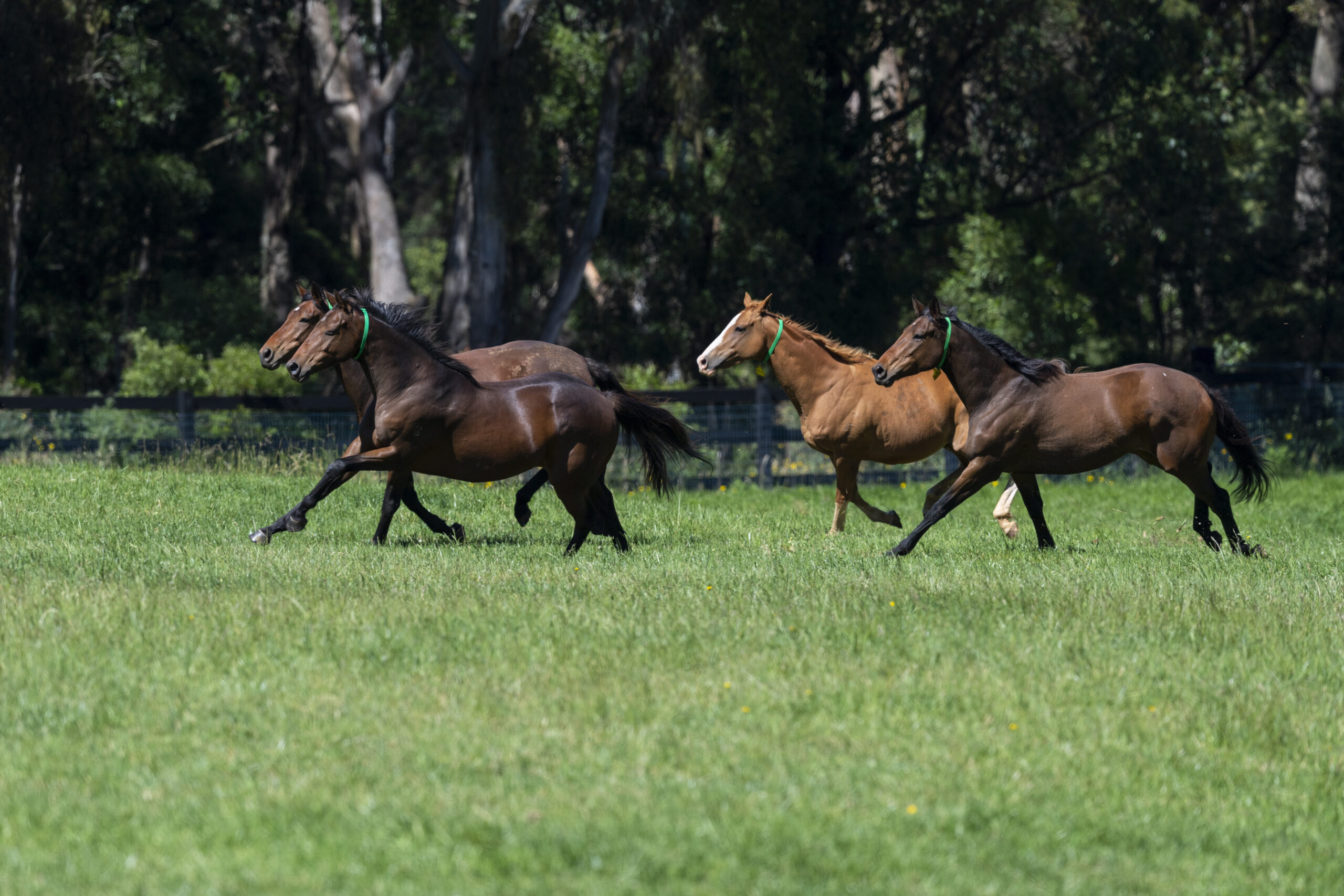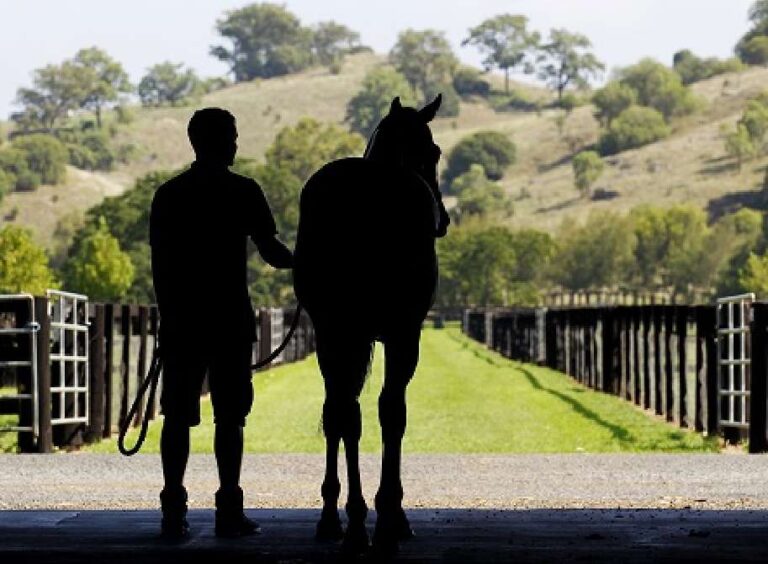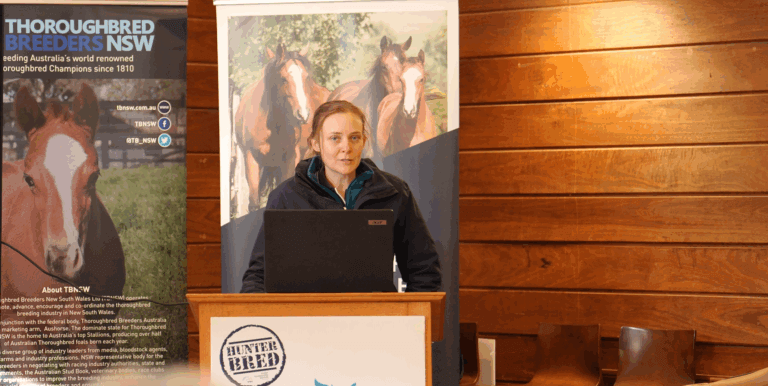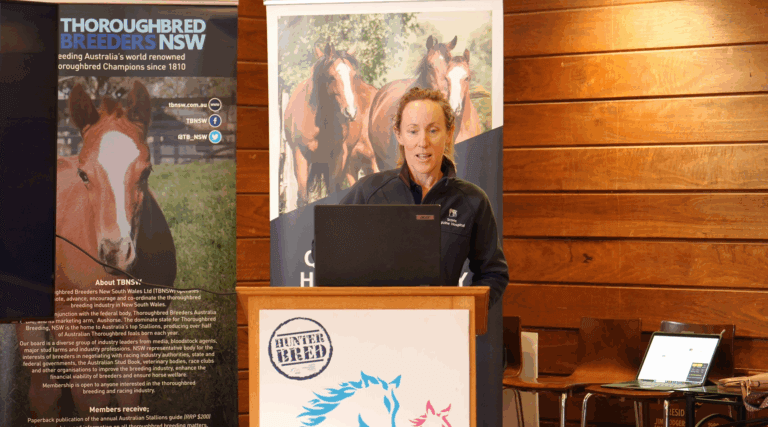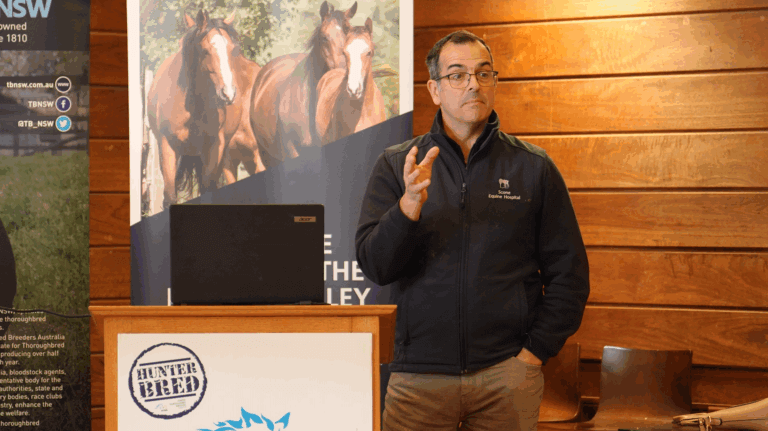Source: Cambridge Equine Hospital
When everything goes according to plan, breeding a foal isn’t very complicated. But when mares don’t cycle properly, have an excessive amount of fluid in their uterus, or don’t get pregnant, we need to take a closer look and assess the problem.
There are multiple reasons why a mare has reduced fertility. Endometritis is the most common cause of reduced fertility. Endometritis can be acute or chronic and can be caused by a variety of infectious agents. There is a difference between post-breeding-induced endometritis and bacterial/fungal endometritis. Since the treatment varies depending on the agent involved the endometritis, an accurate diagnosis is highly important for a successful treatment.
A clear, detailed history and good reproductive records of the previous and the current cycle of the mare are an important start. The mare’s external genitalia will be inspected for size and position, followed by a rectal exam to palpate the consistency of the cervix, the tone and size of the uterus and the size and presence of follicles on the ovaries. After manual palpation, the uterus and ovaries are examined ultrasonographically.
Cysts (depending on size) and uterine fluid can also be seen during the ultrasound examination. The size and location of the cysts will be noted so they can´t be confused with a pregnancy at the time of pregnancy testing. Fluid can be graded depending on the volume and the clarity. Unfortunately, this doesn’t tell us why the mare has got the fluid.
Depending on the findings we’ll choose to perform a speculum examination, take a uterine swab for cytology and culture, a small volume lavage, an endometrium biopsy or perform a videoscopy.
Speculum examination
During a speculum examination, the vagina and cervix are examined to detect abnormalities and to evaluate the anatomy of the cervix relative to the stage of the estrous cycle. Abnormalities such as trauma, vaginal varicosis (swollen blood vessels), inflammation and urine pooling can be diagnosed.
Uterine swab, microbiology and cytology.
A small area of the endometrium wall gets sampled with a swab. This provides us with material for cytology and microbiology.
The cytology gives information on the presence of inflammatory cells, bacteria, fungi and yeast as well as foreign materials. The results of the cytology combined with the culture tell us if a mare has an infected uterus.
The culture swab gets smeared out on multiple different plates with specialised growth medium. After 24 hours of incubation we check the plates for growth of bacteria, fungi and yeast. If bacteria is found these get identified and transferred onto a sensitivity plate to test the bacteria’s sensitivity for the available antibiotics. If no growth is found the plate will be placed back in the incubator for another 24 hours as fungi and yeast can grow slightly slower.
The cytology and culture results are then looked at in conjunction with one another in order to make a more accurate diagnosis. Depending on the outcome, we will recommend an appropriate treatment plan for the mare.
Endometrium biopsy
A biopsy is often performed in order to diagnose uterine disease or as a prognostic indicator if the mare is able to carry a foal full term. When performing an endometrium biopsy small bits of endometrium (inside lining of the uterus wall) are taken out and sent off to the pathologist for histology and sometimes culture. Degenerative changes and the presence of inflammatory cells can be found and used as a prognostic indicator for the mare’s ability to carry a foal full term. The pathologist grades the samples where grade 1 is a normal, healthy endometrium, grade 2 moderate and grade 3 severe pathological changes.


